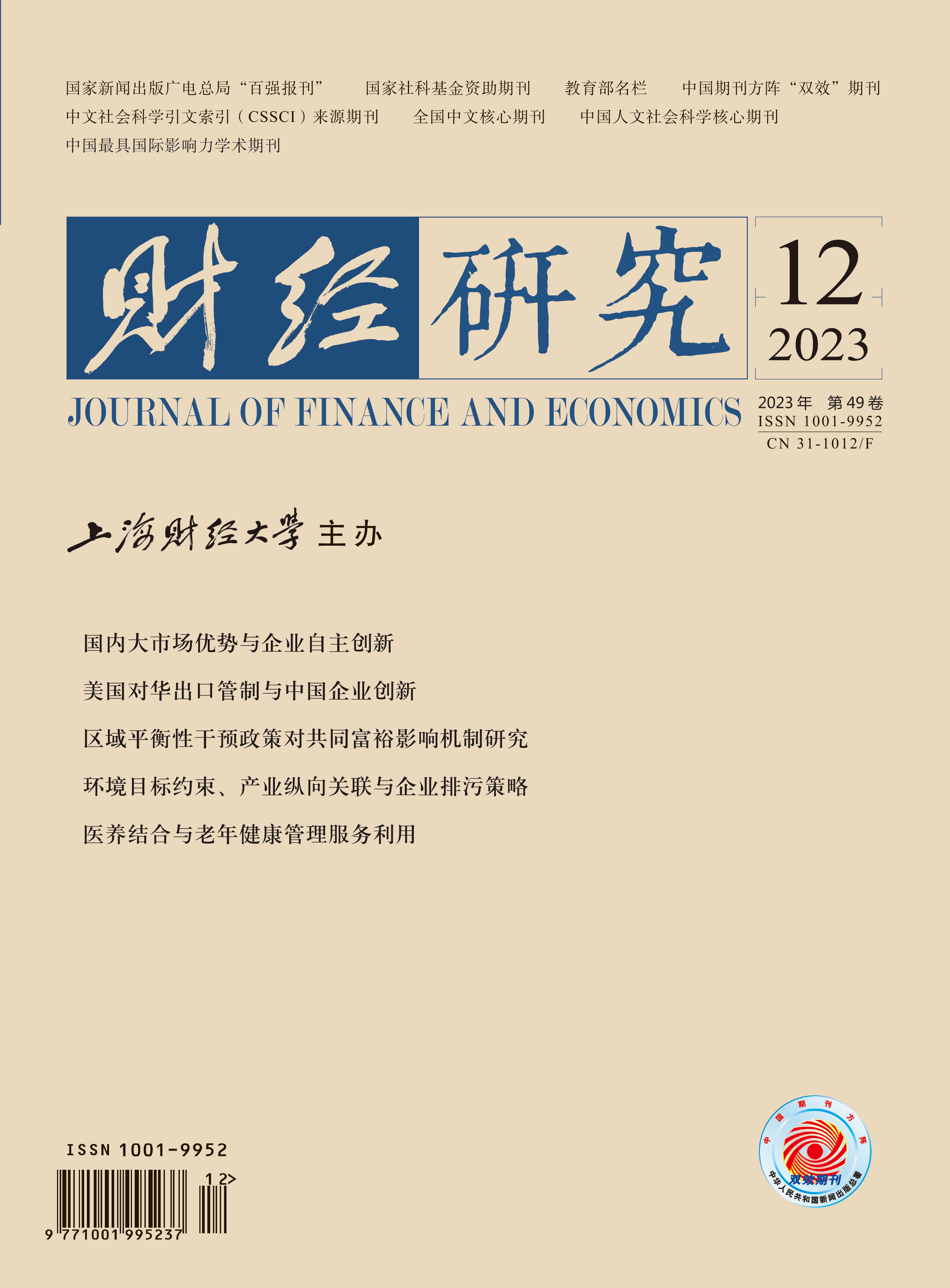The pursuit of common prosperity constitutes a foundational tenet of socialism and stands as a prominent facet of the Chinese-style modernization paradigm. The advancement of harmonized regional development emerges as an inexorable requisite and the fundamental rationale for realizing common prosperity of the society. Within the present historical epoch dedicated to the enhancement of societal common prosperity, it becomes paramount to scrutinize the efficacy of spatial-scale intervention policies in engendering common prosperity at the individual level.
Using the panel data encompassing 30 provinces in China from 2001 to 2017, this paper employs the econometric model to delve into the ramification and underlying mechanism of regional balanced intervention policies on common prosperity. The results show that the policies markedly elevate common prosperity. This effect is underscored by a positive mediating role of capital stock, a negative mediating impact of TFP, and a delimited contribution from labor stock. Subsequent investigations elucidate the following aspects: First, balanced intervention policies advance common prosperity by enriching the citizenry. Second, balanced intervention policies yield their impact on TFP through the enhancement of factor quality, the judicious allocation of resources, the facilitation of factor mobility, and the promotion of technological upgrading. Third, labor mobility plays a pivotal mediating role in the positive effect of balanced intervention policies on common prosperity, with its significance being particularly pronounced in instances of familial labor mobility. Henceforth, governmental authorities are well-advised to synergistically deploy policy instruments encompassing income distribution, industrial division, digital transformation, and household registration to harness the precision of balanced intervention policies in the pursuit of common prosperity.
The contributions of this paper are as follows: First, from an empirical perspective, it evaluates the effectiveness of balanced intervention policies on common prosperity. Second, from a theoretical perspective, it examines “gains and losses” of factor input and efficiency in shaping common prosperity. Third, it unveils the mechanism by which the institutional threshold for settlement exerts an impact on common prosperity. Fourth, it develops a more comprehensive index system for common prosperity measurement.





 2429
2429  2282
2282

